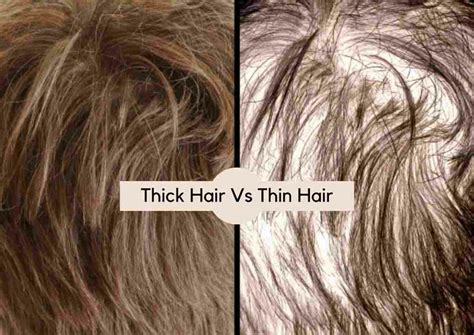Your scalp is a complex ecosystem, and understanding its unique characteristics can significantly impact your hair care routine. From fine to thick, scalps come in a spectrum of textures, each with its own set of challenges and rewards.

Understanding Fine Scalps
1. Thin, Delicate Strands:
Fine scalps typically have a hair shaft diameter of less than 0.06 millimeters (mm). These delicate strands are prone to breakage and tangling.
2. Oily Tendency:
Fine scalps tend to produce more sebum, which can accumulate on the scalp and make hair appear greasy sooner than desired.
3. Volume Challenges:
Due to their narrow diameter, fine hair can struggle to hold volume and may appear flat or limp.
Embracing Thick Scalps
1. Coarse, Strong Strands:
Thick scalps boast a hair shaft diameter of over 0.10 mm, making their strands strong and resilient.
2. Dry Tendency:
Thick scalps often produce less sebum, resulting in dryness and a tendency towards dandruff.
3. Volume and Density:
Thick hair has a higher density and diameter, giving it the appearance of fullness and volume.
Hair Care Considerations
1. Shampoo Frequency:
Fine scalps require more frequent shampooing (every 1-2 days) to manage oiliness. Thick scalps can go longer between washes (up to 3-4 days) due to their dryness.
2. Conditioner Selection:
Fine hair benefits from lightweight conditioners that avoid weighing it down. Thick hair requires deep conditioning treatments to hydrate and prevent dryness.
3. Styling Techniques:
Fine hair responds well to volumizing products and techniques that create lift. Thick hair can handle heavier styling products and heat tools, but avoid over-styling to prevent damage.
Common Mistakes to Avoid
1. Over-Washing Fine Hair:
Excessive washing can strip fine hair of its natural oils, leading to dryness and breakage.
2. Neglecting Thick Hair Hydration:
Thick hair requires regular conditioning to prevent dryness and dandruff.
3. Using Heavy Products on Fine Hair:
Heavy products can weigh down fine hair, making it appear flat and lifeless.
Strategies to Enhance Scalp Health
1. Balanced Diet:
A diet rich in vitamins and minerals supports healthy hair growth.
2. Stress Reduction:
Stress can negatively impact scalp health and hair quality.
3. Scalp Massages:
Regular scalp massages stimulate blood flow and promote healthy scalp conditions.
Conclusion
Understanding the differences between fine and thick scalps empowers you to customize your hair care routine and achieve optimal hair health. Respecting your scalp’s unique needs will result in strong, vibrant, and lustrous hair that reflects the beauty of your own unique self.
